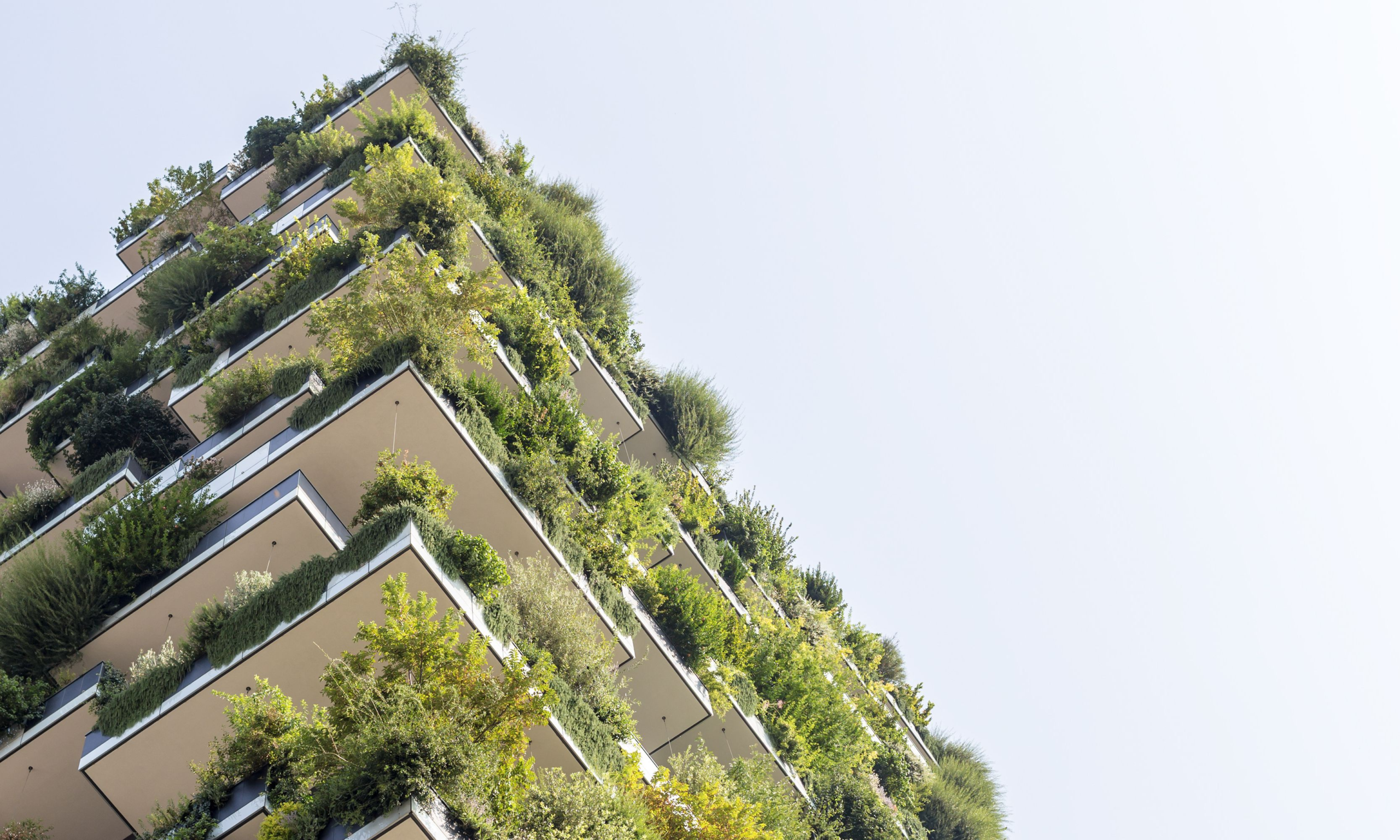The construction sector is one of the biggest contributors to global warming © tostphoto
Talk to any director of a major museum about sustainability and you will soon hear about their plans for a building extension. The rebound in visitor numbers from the Covid-19 trough has reinvigorated plans to expand institutions to accommodate the surge in visitors. Many of these new buildings will be certified to international green standards, with solar panels and perhaps even a green roof.
But building your way to sustainability is a bad idea, no matter how green your new building is. Concrete, steel and glass use finite resources and are among the most energy-intensive building materials to produce. There is a reason why the construction sector is one of the biggest contributors to global warming. Once your new building opens, it will need extra energy for heating and cooling, and for running the high-tech equipment that comes with every new museum these days. And it will attract even more visitors, many of whom will drive or fly to your institution. In the end, your environmental footprint will look worse than before.
With visitor numbers back to normal, and likely to grow further, art institutions need to face up to the fact that they are caught up in a growth logic that is bad for the planet. Governments have discovered that building new museums can be a way of making their cities sexy and attracting well-heeled, big-spending tourists. Architects love designing art institutions because they can let their imaginations run wild. Investors and collectors want their art to be widely exhibited to increase its price, and funders like to see increased visitor numbers as evidence that their money is being well spent.
The renewed growth trend flies in the face of the need to reduce resource use to stay within planetary boundaries. It also shows that declarations of degrowth in the cultural sector still have a long way to go before they become reality. The large number of new museums, theatres and other cultural institutions in Asia and the Middle East suggests we are far from the peak of this expansion.
Even if this growth logic is not of their own making, art institutions have a responsibility to help change it. For one thing, they should get smarter about how they measure success. Visitor numbers and income are crude measures and fall prey to the illusion of Western modernity that more is better. But what about measuring CO2 emissions per visitor? Or kilowatt hours per artwork? Or the reduction in mental health problems per dollar of admission fees? Or the percentage of first-time visitors to a museum per sponsorship dollar?
For another, art institutions need to make smarter use of their existing buildings. For starters, renovations need to win out over new buildings. Architects are gradually waking up to the beauty of refurbs, which will help drive this transition. Smarter visitor management, such as extending opening hours, will help spread out visitor demand and accommodate more visitors in the same space. Museums could also join forces with performance venues to share some facilities. As museums are closed at night and theatres are usually closed during the day, this would make more efficient use of the same building and infrastructure. Popular exhibitions could also be shown in smaller towns to reduce the pressure on a few large institutions in the big cities. The good news is that all of this is cheaper in upfront and operating costs than breaking ground on an extension.
But perhaps the most valuable contribution of all that art institutions can make to sustainability is not in using resources more efficiently but in helping to imagine a future in which our happiness and wellbeing are independent of our resource consumption. Too many people see sustainability as a killjoy objective made up of don’ts: don’t fly, don’t eat steak, don’t buy that new pair of jeans. If art can teach us anything, it is that joy and happiness are not to be found outside ourselves—in flying, meat, fashion or new buildings—but in the collective experience of beauty and self-reflection. For art institutions, then, the message may be a simple one: get back to basics!
• Martin Müller is a professor of human geography and sustainability at the University of Lausanne in Switzerland. He led research on the world’s first benchmark of sustainability in the cultural sector

